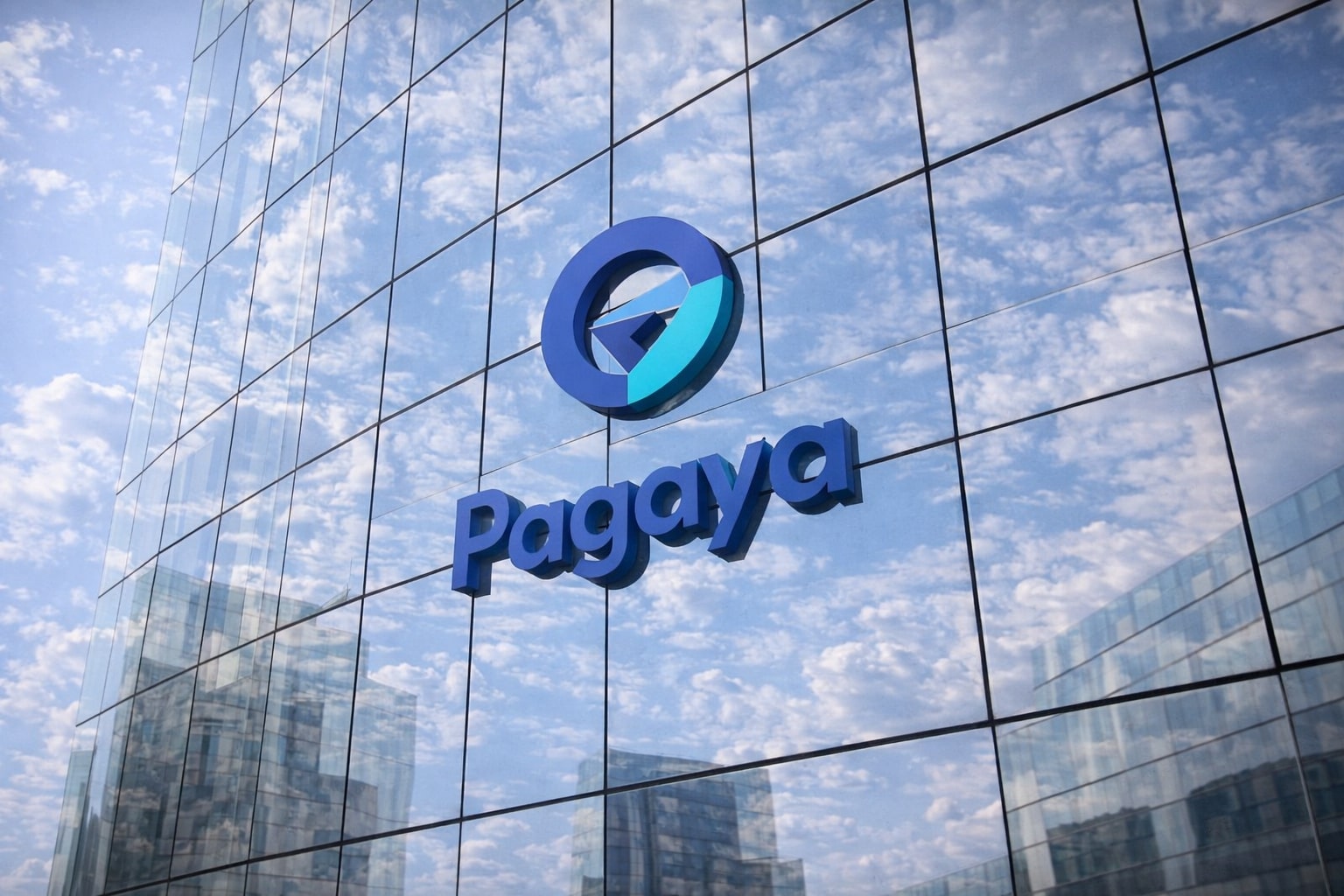
Navigating the Complex Landscape of Global Base Metals Markets
Insights into Copper, Aluminium, Zinc, and Tin: Market Dynamics, Production Challenges, and the Renewable Energy Transition Impact | That's TradingNEWS
Copper Price Trends and Market Analysis
Copper prices are currently exhibiting bearish trends, influenced by technical and macroeconomic factors. The commodity has recently closed near 3.5800, impacted by the downward movement of the MA55 around 3.7300. Concurrently, the stochastic oscillator is indicating oversold conditions, further amplifying the bearish pressure. This scenario suggests a potential breach of the 3.5000 support line, paving the way for a further decline towards 3.3700.
Aluminium Market Outlook in Light of China's Economic Performance
The LME aluminium price has exhibited range-bound behavior, influenced by the recalibration of expectations regarding China's post-COVID economic recovery. Initially, there was an overestimation of China’s ability to stimulate growth, leading to misplaced optimism. However, as China's economic performance fell short of expectations, this optimism has shifted to pessimism, impacting base metal prices. Looking ahead, we expect a gradual stabilization in the aluminium market, particularly towards the end of the year, as China’s economy regains momentum and implements growth-supportive policies.
Global Copper Production and Demand Dynamics
Global copper mine production has seen a modest increase of 1.3% in the first eight months of 2023, despite various challenges in key mining regions. A continued increase in production is anticipated, although disruptions could impact this outlook. On the other hand, refined copper production has shown significant growth, particularly in China. Despite regional variations, global demand for refined copper has increased by 2.5%, with China being a key driver.
Zinc Market Surplus and Demand Trends
The International Lead and Zinc Study Group (ILZSG) reported a notable surplus in the refined zinc market. This surplus is primarily driven by growth in global metal stocks, indicating a potential shift towards warehouse finance deals. In China, zinc demand has grown, but global demand outside China has contracted. The zinc concentrate market is tightening, but a transition to the refined market and an anticipated increase in mine capacity could lead to an oversupply in the near future.
Tin Market Analysis: Consumption and Sector Performance
Tin prices have recently declined, influenced by macroeconomic factors and global risk appetite. Consumption is expected to decrease slightly in 2023, with varied performance across different sectors. The solder sector remains stable, while technological applications in renewable energy and EVs provide some support. However, declines are expected in the chemical and tinplate sectors, reflecting broader economic challenges.
Renewable Energy Transition and Copper's Role
The transition to renewable energy sources requires substantial copper resources. However, current market dynamics have created a temporary surplus, influencing copper prices and investment decisions. Key factors affecting copper prices include the economic recovery in China, currency fluctuations, and production changes in major copper-producing countries. The need for new copper mines is pressing, but investment decisions are being influenced by current market conditions.
In conclusion, the base metals market is navigating a complex landscape, influenced by macroeconomic trends, production dynamics, and sector-specific demands. Copper and aluminium prices are particularly sensitive to China's economic performance, while zinc and tin markets are adjusting to global demand shifts. The renewable energy transition presents both challenges and opportunities for these commodities, emphasizing the need for strategic investments and market adaptations.
Read More
-
Pagaya Stock Price Forecast - PGY at $23.20: Is PGY Stock the Cheapest AI Fintech of 2026?
19.12.2025 · TradingNEWS ArchiveStocks
-
XRP Price Forecast: XRP-USD Stuck at $1.87 With $3 2026 Target and $10–$25 Long-Term Range
19.12.2025 · TradingNEWS ArchiveCrypto
-
Oil Price Forecast: WTI Near $56 and Brent at $60 Signal Risk Toward $50
19.12.2025 · TradingNEWS ArchiveCommodities
-
Stock Market Today: AI Chip Rally Lifts Nasdaq as $7.1T Quad Witching Hits
19.12.2025 · TradingNEWS ArchiveMarkets
-
GBP/USD Price Forecast - Pound at 1.34 As BoE Cut And Soft Dollar Keep Bullish Path Toward 1.35
19.12.2025 · TradingNEWS ArchiveForex



















